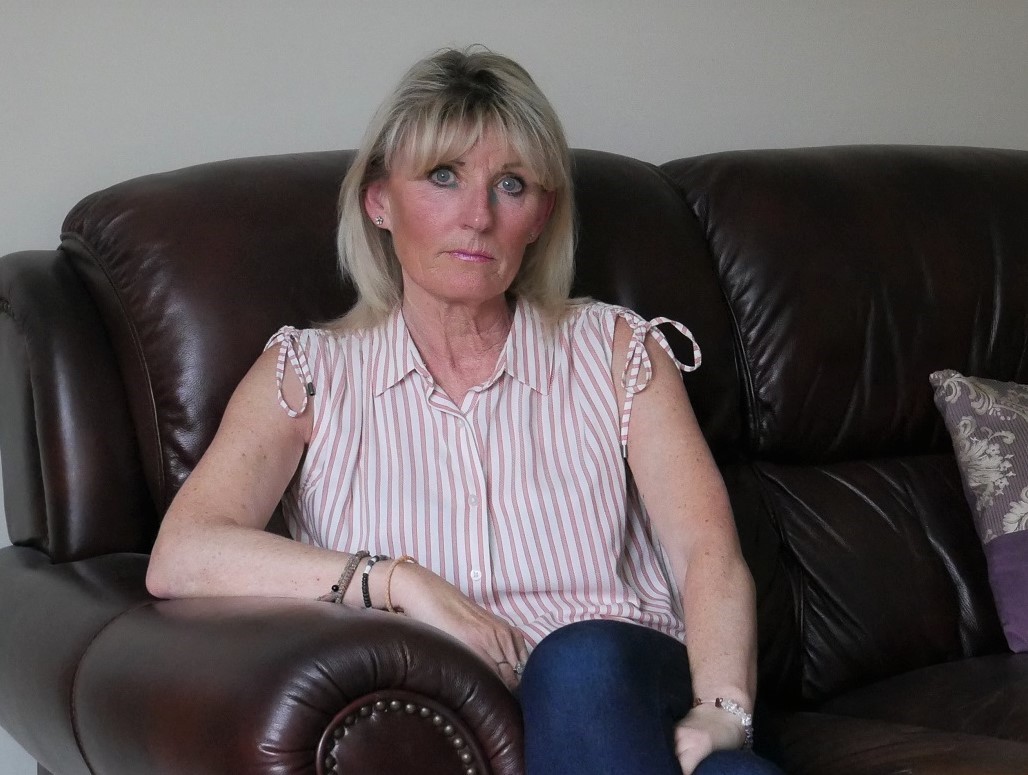New pack warnings underline need to make smoking history
GRAPHIC new warnings on tobacco packs rolled out during 2021 could make more smokers and children think twice. But in years anti-smoking efforts could also include warnings on cigarette sticks and pack inserts encouraging people to quit.
The suite of hard hitting new warnings from Australia – including lung cancer, clogged arteries, harm to unborn babies and blindness – coincides with the close of a statutory UK government review of tobacco laws in 2015-16 to encourage quitting and reduce uptake among children.
And a new report published today (23 March) by Action on Smoking and Health (ASH) shows smokers in England on average need social care at the age of 63; 10 years earlier than non-smokers, with 1.5 million people needing help with everyday tasks like dressing, walking and using the toilet due to smoking.
Fresh has submitted a response to the Government Review of Tobacco and related products legislation 2015-16 to underline the importance of tobacco control measures since 2015, such as standardised plain packs with larger picture warnings but also the menthol ban last year.
While the smokefree law of 2007, hard hitting anti-smoking campaign and removing tobacco displays in shops have previously been credited with health gains, more measures in the last half-decade have helped further reduce adult smoking rates from around 18.7% of adults smoking in 2015 to 15.3% in 2020 in the North East
Ailsa Rutter OBE, Director of Fresh said: “A picture is worth a thousand words and the new warnings are stark reminders why we need to make smoking history for more North East families.
“Smoking kills 15 people a day here in the North East and over 74,000 people in England a year, but we often hear less about the impact of living with the effects of smoking. This places a terrible toll on people’s lives, their mobility and independence, on local communities and social care costs to both people themselves or to local authorities.
“But we need to go further and to increase the size of warnings and the range of messages. The time is right for consideration of further measures – these could include warning messages on every cigarette and quit support details in every cigarette pack.
She added: “The appalling fact is that smoking still kills over 74,000 people in England a year with smokers losing on average 10 years of life expectancy compared to non-smokers. Smoking not only kills but robs people of theirmobility and independence.
“We must do everything we can to make smoking history for more families starting with a new national tobacco plan and making tobacco companies pay a levy on their sales as they do in the US,”
Fresh is also calling for:
- A bigger range of health warnings on packs
- “Dissuasive cigarettes” made to look less appealing and warnings on the stick as well as the pack
- Pack inserts encouraging people to quit
- “Challenge 25” applying to all tobacco and electronic cigarettes as a further measure to reduce youth smoking
- Closing loopholes which allow tobacco companies to add flavours such as menthol.
Sue Mountain is a former smoker from the North East, who underwent laser treatment in 2012 after a biopsy revealed she had laryngeal cancer. The cancer returned in 2017 which required radiotherapy every day for four weeks.
Sue said: “I was so pleased the UK government introduced the menthol ban – these products were giving the message that they were less harmful just by having menthol associated with them. I believe many smokers will have died or have suffered from smoking related diseases because they wrongly believed menthol was a healthier choice.

“When it comes to warnings, I think the images would have made me feel really sickly to see it every time I smoked. Pictures on plain packs definitely stand out more. A lot of people forget about things like the clogging of arteries. Hopefully the more the graphic the picture the more it will deter people from smoking especially children, as it may even become a talking point if they are gruesome.
“I also believe that inserts guiding people to packing in would help. The amount of times I thought about packing in and then went for a cigarette was ridiculous. If inserts are included maybe just maybe someone thinking of packing in, goes for cigarettes and wow there’s the info at your fingertips. Even if it stops one person, it’s one person less likely to die of cancer, one person less likely to cost the NHS and one person’s family less likely to lose a loved one to cancer.”
Since the UK left the EU, the UK no longer uses the EU graphic health warnings in Great Britain. These are being replaced with Australian graphic health warnings, which also have the security features required by UK law. Although the law came into force on January 1, the law allows a sell through period which means smokers may only now be seeing some of the new warnings.
The consultation also covers the role vaping has played in encouraging more people to quit. Fresh has argued that advertising rules need to be clear to encourage smokers to switch without enticing children and non-smokers.
Fresh has expressed concern that some smokers are being scared off from trying vaping from misperceptions about relative harm, or might stop because they aren’t sure how to maximise their potential. It has called for all health care professionals in particular to provide accurate information to smokers about the risks of continuing to smoke and to positively encourage them to stop including trying vaping as part of their options.
In February Fresh welcomed Public Health England’s seventh independent report on vaping in England which highlighted that nicotine vaping products were the most popular aid (27.2%) used by smokers trying to quit in England in 2020.
Alongside research into standardised packs, researchers have examined whether changing the appearance of cigarette sticks could further enhance the negative impact of standardised packaging. Research with smokers in New Zealand found “dissuasive sticks” were less preferred and rated as less appealing than the most common stick in use; a ‘minutes of life lost’ stick was the most aversive of the stimuli tested .
Over 1.5 million people need social care because of smoking
A new report published today by Action on Smoking and Health (ASH) shows that, on average, smokers in England need care when they are 63, ten years sooner than non-smokers.
The analysis, by Landman Economics for ASH, finds that 1.5 million people need help with everyday tasks, such as dressing, walking across a room and using the toilet due to smoking.
This high level of social care need has a significant impact on local authority social care budgets. It’s estimated that 102,500 people are receiving local authority funded care as a result of smoking (85,000 in their home and 17,500 in residential care). This adds up to £1.2 billion each year, equivalent to 8% of the country’s social care budget for home and residential adult care. Although smoking costs the NHS more than double this, at £2.5 billion annually this is only 2% of the NHS’s budget.
Smoking is the leading cause of premature and preventable death in the country, killing 74,600 people in England in 2019 alone. For every person killed by smoking, at least another 30 are estimated to be living with serious smoking-related disease and disability.
The report reveals that:
- More than one and a half million adults in England (1,647,500) have social care needs as a result of smoking.
- More than one million of these (1,095,000) are receiving support from a partner, relative, friend or neighbour who work unpaid to meet social care needs caused by smoking.
- More than 100,000 people receive local authority funded care as a result of smoking (85,000 in their home and 17,500 in residential care).
- Overall, current smokers and recent ex-smokers are 2.7 times more likely to receive social care support provided unpaid and informally by a relative, friend or neighbour, than never smokers.
A further 450,000 people in England who have social care needs as a result of smoking receive no support. Current smokers and recent ex-smokers are 2.5 times more likely to have unmet care needs than never smokers.
Deborah Arnott, Chief Executive of Action on Smoking and Health, said: “This report reveals the shocking extent to which smoking damages the quality of people’s lives, and of those around them, before going on to kill them prematurely. On average smokers need social care at 63, ten years earlier than non-smokers, so if the Government truly wants to extend healthy life expectancy by five years by 2035, ending smoking is a priority.”
